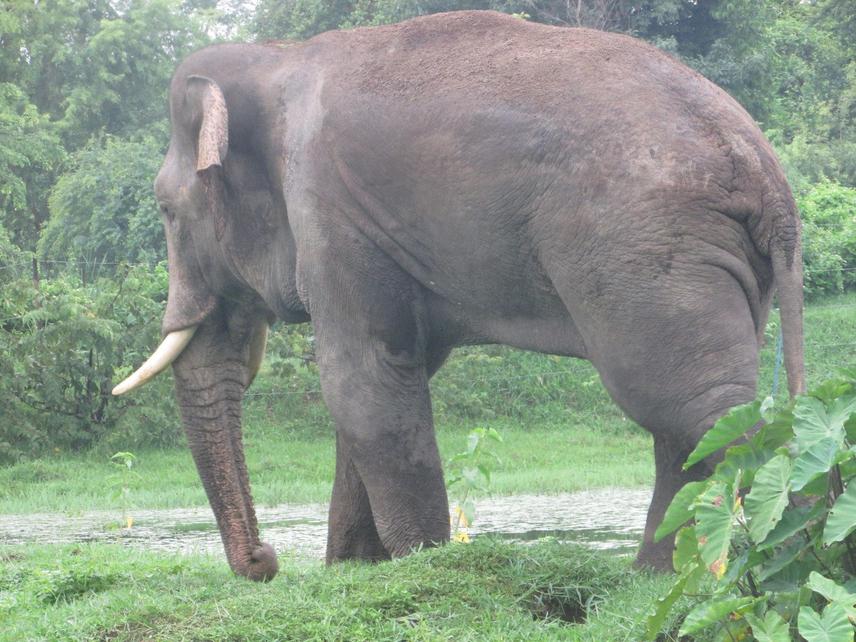Ashok Kumar Ram
Other projects
22 Nov 2016
Geospatial Habitat Suitability, Migratory Pattern of Asian Elephant (Elephus maximus) and its Coexistence in Central Nepal
1 Oct 2019
Landscape Level Modelling of Asian Elephant (Elephas maximus) Habitat, Home Range and Human Elephant Interactions in Terai Arc Landscape (TAL) Nepal
29 Mar 2022
Strengthening Human Elephant Coexistence (HECx) in Western Terai Landscape of Nepal
The project has two aims:
i. To assess the current habitat status, habitat suitability& migratory routes of wild elephants of eastern Nepal
ii. To assess and map out the human elephant interface in Eastern Nepal

Asian Elephant hereafter Elephant is an endangered species (IUCN, red list), Appendix I species on CITES and Government protected species in Nepal. There are 50-100, Residential & small migratory population migrates to eastern Nepal (Jhapa) and travels to Siraha in June & November causing large damages to property & life. Community forest, government forest & protected area management are biodiversity conservation practices in Nepal. Conversion of forest land into settlements; agriculture and infrastructures have led to shrinkage of elephant habitat & loss of traditional migratory routes along East-West corridor. Local people are little aware about importance of elephant conservation & habitat degradation that has resulted in elephant population decline, people's property and human life loss. Despite the continued forest decline and ever-increasing threats to the remaining wild populations, little information is available on the extent of suitable habitats & migratory routes.
Velde (1997) & Pradhan (2011) have explored elephant & conflict status but detailed study regarding habitat suitability, habitat alteration & migratory routes is still lacking and my field experience originates this idea. To fulfil the gap, the study "Geospatial modelling to assess Asian Elephant (Elephas maximus) habitat suitability, migratory routes & human elephant interface in Eastern Nepal" is proposed which will help to overcome human elephant conflict (HEC).
Habitat fragmentation leads elephants enter into settlements in search of food; resulting human elephant interface. Mainly this project is concentrated outside the protected areas of Eastern Nepal except Koshi Tappu Wildlife Reserve. This project aims to assess Elephants habitat suitability, migratory routes and human elephant interface through geospatial modelling and questionnaire survey, chi-square test and regression analysis. Simpson diversity index, Shannon wiener index, Index of species reduction will be used for habitat status assessment. Conservation education programs will be conducted in community schools, villages and regional levels.
This study will be implemented in a synergistic approach, combining ground survey and spatial analysis and should be successful in drawing the attention of the government to initiate conservation programs outside the protected areas to maintain corridors and connectivity along the East-West forest areas of Churia (Siwalik) range and help to mitigate human elephant conflict for better management of elephants in Eastern Nepal and also contribute in achieving goals of Elephant Conservation Action Plan for Nepal (2009-2018). Study will be commenced between August 2013 and July 2014.